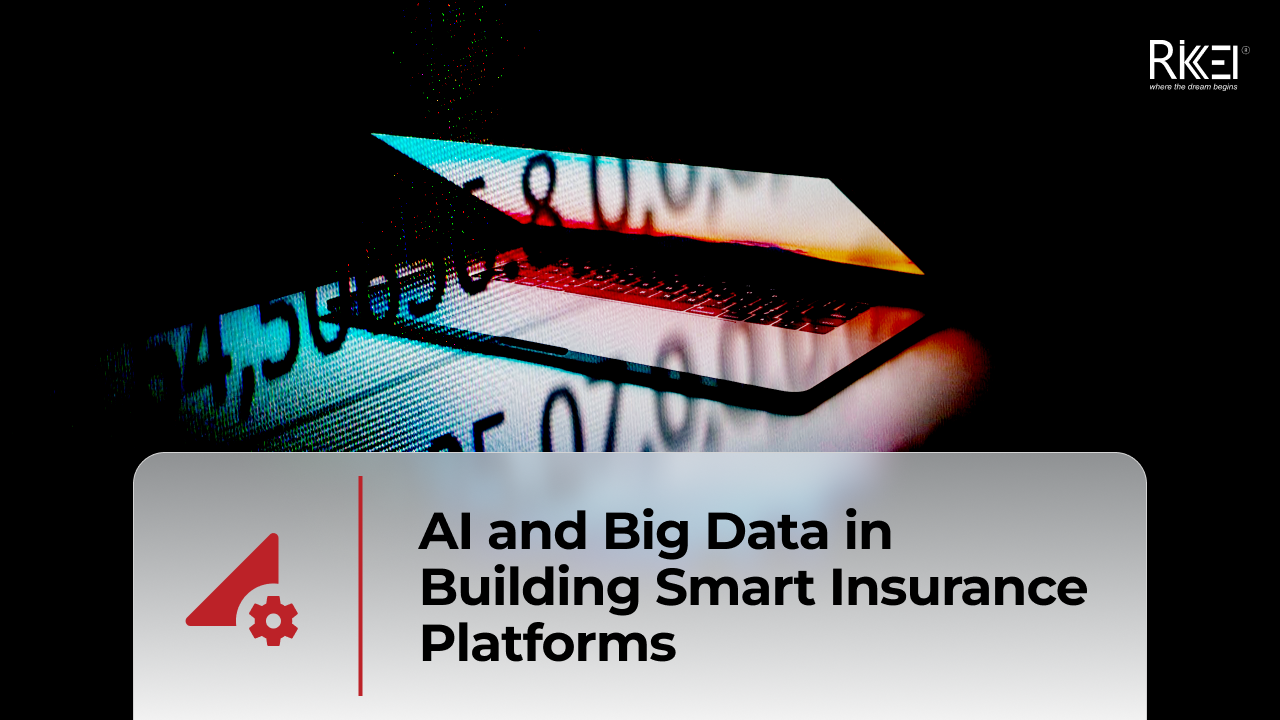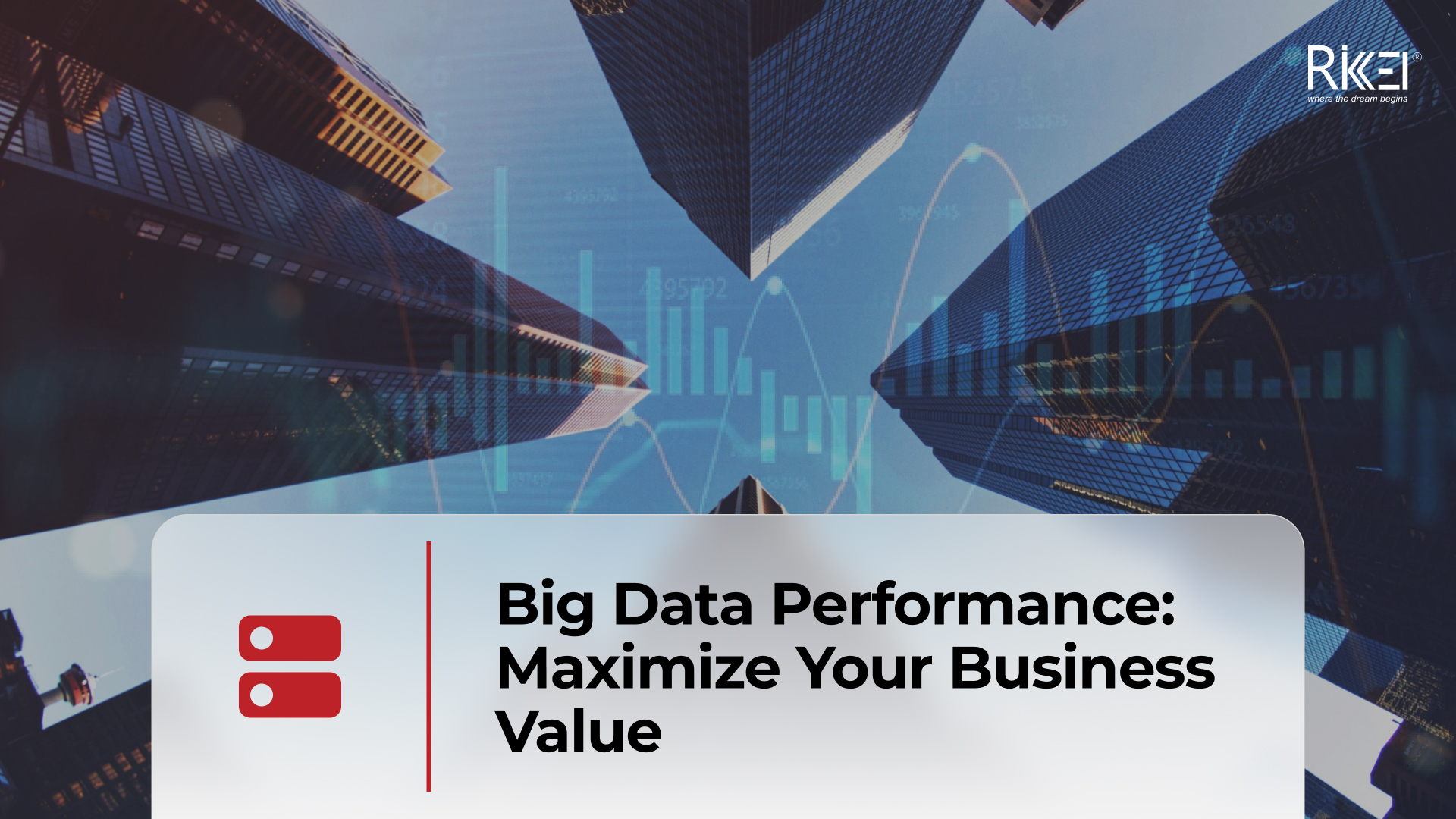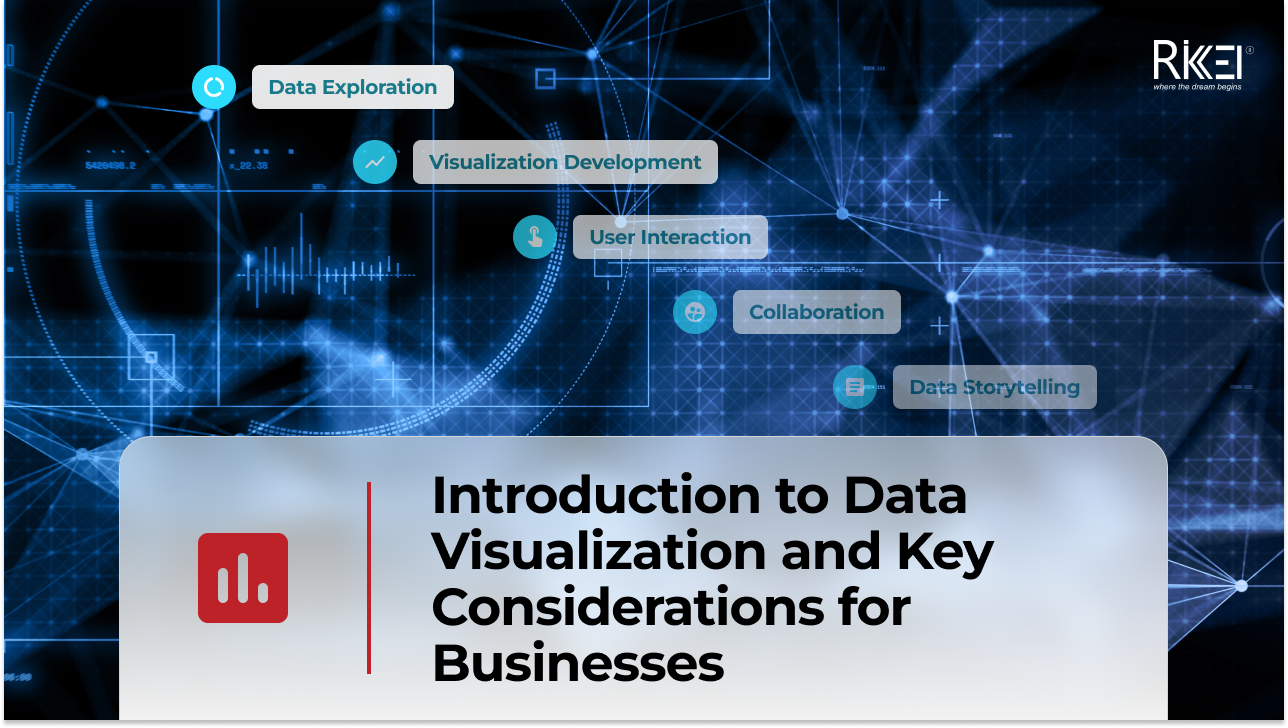Differences Between Data Science and Computer Science
Contents
Data Science and Computer Science are distinct fields overlapping in certain areas but have different focuses and objectives. The article below will help you clearly understand the differences and the close connection between the two fields.
What is Data Science?
Data Science is an interdisciplinary field that combines scientific methods, processes, algorithms, and systems to extract knowledge and insights from structured and unstructured data. It involves the application of statistical analysis, machine learning, data visualization, and other techniques to understand and solve complex problems, make data-driven decisions, and uncover patterns, trends, and correlations in large datasets.
The role of data analysis, modeling, and perception in it
In the field of Data Science, data analysis, modeling, and perception play crucial roles in extracting meaningful insights and making informed decisions. Let’s delve into each of these aspects:
Data Analysis
Data analysis is at the core of Data Science. It involves inspecting, cleaning, and transforming raw data into a format that can be easily understood. Analysis helps identify patterns, trends, and outliers in the data.
Modeling
Role: Modeling is the process of creating mathematical or computational representations of real-world phenomena based on the observed data. In Data Science, models are used for prediction, classification, clustering, and other tasks.
Perception
Role: Perception in Data Science refers to the ability to interpret and understand the insights derived from data analysis and modeling. It involves translating complex findings into actionable information for stakeholders and decision-makers.
The application of data science in various industries
Data Science has found applications in a wide range of industries, transforming the way businesses operate and make decisions. Here’s an overview of how Data Science is applied across various sectors:
Healthcare:
- Forecasting disease outbreaks and patient admission rates.
- Assisting healthcare professionals in making informed decisions based on patient data.
Finance:
- Assessing and managing financial risks using predictive modeling.
- Identifying and preventing fraudulent activities through anomaly detection algorithms.
Retail:
- Predicting product demand to optimize inventory management.
- Providing personalized product recommendations to customers.
- Analyzing customer purchase patterns to optimize product placement and promotions.
Manufacturing:
- Anticipating equipment failures and optimizing maintenance schedules.
- Using data to detect and address defects in real-time during the manufacturing process.
- Streamlining supply chain processes for efficiency and cost savings.
Telecommunications:
- Identifying customers at risk of leaving and implementing retention strategies.
- Analyzing data to enhance network performance and quality of service.
- Analyzing customer feedback and usage data to improve services.
Education:
- Identifying students at risk of academic challenges.
- Allocating resources efficiently based on data-driven insights.
The skills and tools commonly associated with data science
Skills
- Programming Skills: Common programming languages used in data science include Python, R, and SQL. Data scientists should be able to write efficient and scalable code to manipulate, analyze, and visualize data.
- Statistics and Mathematics: Knowledge of probability theory, statistical inference, hypothesis testing, regression analysis, and linear algebra enables data scientists to understand and apply statistical models and techniques to analyze data.
- Machine Learning: This includes supervised learning (classification, regression), unsupervised learning (clustering, dimensionality reduction), and various ensemble methods. Data scientists should be able to select appropriate models, train them on data, and evaluate their performance.
- Data Manipulation and Analysis: This involves cleaning and preprocessing data, handling missing values, dealing with outliers, and transforming data into a suitable format for analysis. Proficiency in using libraries and tools like Pandas, NumPy, and SQL for data manipulation is beneficial.
- Data Visualization: Visualizations help in understanding patterns, trends, and relationships in the data and in communicating results to stakeholders. Data visualization libraries such as Matplotlib, Seaborn, and Tableau.
Tools
Programming Languages:
- Python: Widely used for data analysis, machine learning and scripting.
- R: Commonly used for statistical analysis and data visualization.
Integrated Development Environments (IDEs):
- Jupyter Notebook/JupyterLab: Interactive, web-based notebooks for creating and sharing live code, equations, visualizations, and narrative text.
- RStudio: a popular integrated development environment specifically designed for R. It offers a user-friendly interface for writing, running, and debugging R code, as well as features for data visualization and package management.
Version Control:
- Git and GitHub: Managing and tracking changes in code and collaborative development.
Data Storage and Retrieval:
- SQL Databases (e.g., MySQL, PostgreSQL): Storing structured data.
- MongoDB: NoSQL database for handling unstructured data.
Cloud Platforms:
- AWS, Azure, Google Cloud: Cloud services for scalable storage, computing, and machine learning.
What is Computer Science?
Computer Science is the study of computers and computing technologies, encompassing the theoretical foundations, practical applications, and methods of designing and implementing software and hardware systems. It is a broad field that covers a range of topics, from the theoretical understanding of algorithms and computation to the practical aspects of software development and hardware design.
The focus on algorithms, programming, and computation
The focus on algorithms, programming, and computation is not only about writing code but also about developing a deep understanding of the principles that govern the behavior of computers and the efficiency of algorithms. These foundational concepts are applicable across various domains within Computer Science and serve as the basis for tackling complex computational problems. Let’s delve into each of these aspects:
1. Algorithms
Definition: Algorithms are step-by-step procedures or sets of rules for solving a specific problem or accomplishing a particular task.
Importance: Algorithms are at the heart of computing. They provide systematic and efficient approaches to problem-solving, allowing computers to perform tasks and make decisions.
Study Areas: Computer scientists analyze and design algorithms, considering factors such as time complexity, space complexity, and correctness.
2. Programming
Definition: Programming involves writing code in a programming language to instruct a computer to perform specific tasks.
Importance: Programming is a practical application of algorithmic concepts. It involves translating algorithmic solutions into executable code that a computer can understand and execute.
Study Areas: Computer Science programs often include courses on programming languages, software development methodologies, and best practices.
3. Computation
Definition: Computation refers to the process of performing calculations or executing algorithms using a computing device.
Importance: Understanding computation is foundational to Computer Science. It involves studying how computers process information, execute instructions, and solve problems.
Study Areas: Theoretical aspects of computation include automata theory, formal languages, and computational complexity theory.
The role of computer science in software development, algorithms, and technology
1. Software Development
- Computer Science provides the principles and methodologies for designing and implementing software systems. It covers software engineering practices, development methodologies, and best practices.
- Computer scientists contribute to the creation and evolution of programming languages, enabling developers to write efficient and expressive code.
2. Algorithms
- Algorithms are fundamental to problem-solving in Computer Science. They provide systematic and efficient approaches to tackling complex computational problems.
- Computer Science involves the study and creation of algorithms that optimize processes and improve the efficiency of computations.
3. Technology
- Computer Science drives technological innovation by creating new algorithms, developing programming languages, and contributing to the design of advanced computing systems.
- Understanding the interaction between hardware and software is crucial in optimizing technology for performance and functionality.
The skills and tools commonly associated with computer science
Skills:
- Programming: Proficiency in programming is essential for computer scientists. They should have a strong foundation in programming languages such as Java, Python, C++, or JavaScript. They should understand concepts like variables, control structures, functions, and object-oriented programming.
- Data Structures and Algorithms: Computer scientists should have a deep understanding of various data structures (arrays, linked lists, stacks, queues, trees, graphs, etc.) and algorithms. They should be able to analyze the efficiency and complexity of algorithms, solve problems using appropriate data structures, and optimize algorithms for performance.
- Problem-Solving: Computer scientists should be able to break down complex problems into smaller, manageable components, identify patterns, and design efficient solutions using algorithms and data structures.
- Computer Architecture: Computer scientists should have knowledge of the organization and components of a computer system, memory hierarchy, CPU architecture, and input/output systems.
Tools:
Integrated Development Environments (IDEs):
- Visual Studio Code (VSCode): A lightweight and extensible code editor with support for various programming languages.
- IntelliJ: A powerful Java IDE with advanced coding assistance and productivity features.
- Eclipse: An open-source IDE for various programming languages, including Java and C++.
- PyCharm: A Python-specific IDE with intelligent coding assistance and debugging features.
Version Control:
- Git and GitHub/GitLab/Bitbucket: Tools for version control and collaborative software development.
Collaboration and Project Management:
- Trello: A visual project management tool using boards, lists, and cards.
- Asana: A project management tool for organizing and tracking work.
Documentation:
- Confluence: A collaboration tool used for creating, sharing, and collaborating on project documentation.
- Markdown Editors: Tools like Typora or Visual Studio Code for writing and formatting documentation using Markdown.
Programming Languages:
- Jupyter Notebooks: An interactive computing environment that allows the creation and sharing of live code, equations, visualizations, and narrative text.
Key Differences
Educational Background
The key differences in educational backgrounds often refer to variations in academic qualifications, degrees, and areas of specialization. Here are some common educational backgrounds and their key differences:
Computer Science vs. Information Technology (IT)
Computer Science: Focuses on algorithms, programming languages, and the theoretical foundations of computing.
Information Technology: Emphasizes the practical application of computer systems, networks, and information management.
Computer Science vs. Software Engineering
Computer Science: Involves the study of algorithms, data structures, and the theoretical aspects of computation.
Software Engineering: Focuses on the systematic design, development, testing, and maintenance of software applications.
Computer Science vs. Computer Engineering
Computer Science: Primarily focuses on software development, algorithms, and theoretical aspects of computing.
Computer Engineering: Encompasses both hardware and software aspects, including computer architecture, digital systems, and embedded systems.
These distinctions in educational backgrounds help individuals choose paths aligned with their interests and career goals within the broader field of technology and sciences.
Describe the academic foundations of data science and computer science
The academic foundations of Data Science and Computer Science provide the theoretical knowledge and practical skills necessary for professionals in these fields. Here’s an overview of the academic foundations for each:
Data Science
Data Science is an interdisciplinary field that combines elements of mathematics, statistics, computer science, and domain knowledge to extract insights and knowledge from data. The academic foundations of Data Science typically include:
Mathematics and Statistics
- Linear algebra: Matrices, vectors, and linear transformations.
- Calculus: Differential and integral calculus.
- Probability theory: Probability distributions, random variables, and statistical inference.
- Statistical methods: Hypothesis testing, regression analysis, and data modeling.
Programming and Computer Science
- Programming languages: Proficiency in languages like Python or R for data manipulation, analysis, and visualization.
- Data structures: Knowledge of various data structures (arrays, lists, dictionaries) and algorithms.
- Database systems: Understanding of relational databases, SQL querying, and data manipulation.
Machine Learning and Data Mining
- Supervised learning: Classification and regression algorithms.
- Unsupervised learning: Clustering, dimensionality reduction, and anomaly detection.
- Data preprocessing: Feature engineering, data cleaning, and normalization.
Data Visualization and Communication
- Data visualization principles and tools: Effective ways of visualizing and presenting data.
- Communication skills: The ability to convey insights and findings to a non-technical audience.
Computer Science
Computer Science is the study of computation, algorithms, and the development of software systems. The academic foundations of Computer Science typically include:
Programming and Software Development
- Programming languages: Proficiency in languages like Java, C++, Python, or JavaScript.
- Algorithms and Data Structures: Design and analysis of algorithms, understanding of data structures and their efficiency.
- Software engineering principles: Software development methodologies, software testing, and debugging techniques.
Computer Systems and Architecture
- Computer organization: Understanding of hardware components, memory management, and CPU architecture.
- Operating systems: Concepts of process management, memory management, and file systems.
- Computer networks: Networking protocols, network architecture, and communication principles.
Theory of Computation
- Discrete mathematics: Logic, sets, relations, and graph theory.
- Automata theory: Finite-state machines, regular expressions, and context-free grammars.
- Formal languages and computability: Turing machines, formal language theory, and computability theory.
Databases and Data Management
- Relational databases: Database design, normalization, and SQL querying.
- Database management systems: Understanding of concepts like indexing, transactions, and query optimization.
The importance of mathematics and statistics in data science and programming in computer science
In both Data Science and Computer Science, a solid understanding of mathematics and statistics enables professionals to develop robust algorithms, analyze data effectively, make informed decisions, and tackle complex problems. It provides the necessary tools to derive meaningful insights from data, optimize algorithms, and build reliable software systems.
Conclusion
In conclusion, computer science is about building the tools (software and programming environments), while data science focuses on digging into the data itself. While there are differences between Data Science and Computer Science, it’s important to note that they are not mutually exclusive. In fact, they can complement each other, and many data science tasks require a strong foundation in computer science principles and programming skills.
More From Blog

October 28, 2025
Australia’s Fintech Revolution: Trends Shaping the Future of Digital Finance
Australia has emerged as one of the most dynamic fintech hubs in the Asia-Pacific region, driven by strong consumer demand for digital financial services, supportive government regulations, and the widespread adoption of innovative technologies. As the industry matures, the imperative for digital transformation has become unmistakable: fintechs and financial institutions alike are under pressure to […]

August 12, 2025
AI and Big Data in Building Smart Insurance Platforms
The insurance industry is now standing at a pivotal moment in its digital evolution. Traditional insurance models built on historical data analysis and reactive risk assessment are rapidly giving way to intelligent, predictive platforms powered by artificial intelligence and big data analytics. This transformation represents more than technological modernization; it’s a fundamental reimagining of how […]

July 23, 2025
Insurtech’s Game-Changing Trends: How AI and Digital Transformation Are Reshaping Insurance
The financial technology sector is experiencing unprecedented change, making it essential for business leaders and technology professionals to stay ahead of emerging innovations. Throughout 2025, insurance technology (insurtech) has emerged as a powerful catalyst for change, fundamentally altering how insurance providers conduct business, engage with clients, and assess risks. This technological evolution represents more than […]

April 4, 2024
Big Data Performance: Maximize Your Business Value
In today’s data-driven world, organizations are constantly generating and collecting immense amounts of data to understand their customers more deeply. This data, often referred to as “big data,” holds immense potential for organizations to seek opportunities and overcome challenges. But accessing and analyzing big data isn’t enough to have proper strategies; organizations must pay attention to […]

April 4, 2024
How Real-Time Data Analysis Empowers Your Business
In today’s fast-paced business landscape, the ability to quickly make data-driven decisions has become a key differentiator for success. Real-time data analysis, the process of analyzing data as soon as it’s generated, has emerged as a powerful tool to empower business across industries. By leveraging real-time data analysis, organizations can gain timely and actionable insights, […]

March 28, 2024
Introduction to Data Visualization and Key Considerations for Businesses
In your opinion, what is data visualization? Your main goal is to communicate your recommendations engagingly and effectively, right? To achieve this, let’s immediately explore a method that can represent information with images. What is Data Visualization? Define data visualization and their roles in organizations First, you need to find the answer to the question: […]

